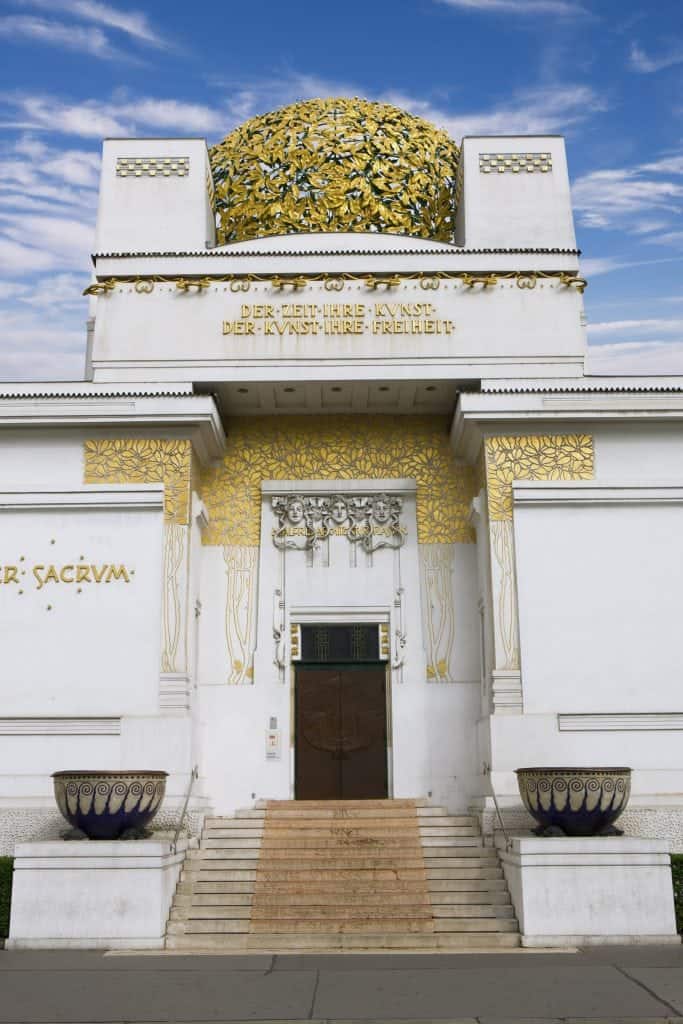

It is important to point out that the city was a cultural hub in which a lot of significant figures circulated and started developing their careers - for instance, Sigmund Freud was one of them.įrom the very beginning of its activity, the movement proposed new philosophical and aesthetic standpoints. To be more precise, The Vienna Secession was formed as a critical reaction to the conservatism of the art institutions in the Austrian capital.

Koloman Moser - Donauwellen, 1901 Vienna Secession - The Request For Change The group is now known as the Vienna Secession, and its production was dense and stimulative practically until the outbreak of the World War I. Governed by a desire to move things forward, in 1897 a group of Austrian artists such as Gustav Klimt, Koloman Moser, Egon Schiele, Max Kurzweil, Joseph Maria Olbrich and others resigned from the Association of Austrian Artists, housed in the Vienna Künstlerhaus, and established the Union of Austrian Artists, or Vereinigung Bildender Künstler Österreichs. It was also a time of outstanding contributions to philosophy and literature, all of which reflected on visual arts. Nevertheless, a certain ambiguity hovered, so the common belief is that the last decades of the 1900s were followed by degeneration and colored with hope of a new beginning. It was marked by the dominance of empires, the birth of the modern nation-states, outstanding scientific achievements and rapid industrialization. In order to understand Vienna Secession properly, it is important to understand the context of the end of the nineteenth century or Fin de siècle, which was a quite a dazzling period. Unified by a new vision, this group of artists, architects and designers introduced new concepts by embracing different influences and in general opened a path for the upcoming wave of Modernism. It grew out of the revolt of the artists who were eager to question traditional understanding of what art is and what art should be in regards to the society. There are several significant movements which marked the turn of the century, but certainly one of the most prolific ones was the Vienna Secession.


 0 kommentar(er)
0 kommentar(er)
